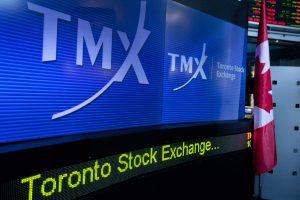The metropolitan area of Shenzhen, Guangzhou and Dongguan is not only a core hinterland of the Pearl River Delta National Independent Innovation Demonstration Zone, but also an innovation enterprise cluster with a large scale in China and with great influence in the world.
In 2016, the three cities’ GDP reached 4.6 trillion yuan ($694 billion), accounting for 67.6 percent of the Pearl River Delta region’s total GDP.
Over the years, Shenzhen, Guangzhou and Dongguan have attracted numerous innovation resources.
Shenzhen is the key node of global layout for high-tech giants. Apple, Microsoft, Intel and other overseas high-tech enterprises have set up research and development divisions in Shenzhen. Guangzhou is the basic innovation center in South China with a large number of colleges, universities and research institutes. Dongguan has gathered a large number of manufacturing enterprises and industrial parks and is the main area of innovation and technology transformation.
As a powerful innovation engine of Guangdong province, the three cities are speeding up the construction of innovation platforms and incubators to seize the commanding heights of future development.
Since the concept of innovation corridor was formed, cities in the Pearl River Delta have accelerated their pace of layout and striven to become extension area and radiation zone of the corridor.
Such an innovation boom has also sprung up in the Guangdong-Hong Kong-Macao Greater Bay Area.
“In the future, Guangzhou-Shenzhen Science and Technology Innovation Corridor will drive the development of its surrounding area and become new engines and new impetus of Guangdong-Hong Kong-Macao Greater Bay Area,” said Guo Wanda, executive vice-president of the China Development Institute, a think-tank based in Shenzhen.
The innovation corridor will promote the revitalization of Guangdong’s eastern, western and northern parts, and accelerate innovation development of the whole province.
Qingyuan High-tech Industrial Development Zone signed 19 projects with total investment of 6.5 billion yuan from Guangzhou and Shenzhen on Sept 15. Qingyuan will take it as an opportunity to promote its technology innovation and attract more innovation resources from Guangdong and Shenzhen.
“The Guangzhou-Shenzhen Science and Technology Innovation Corridor is expected to become the most active innovation area in the greater bay area. It will promote the development of its surrounding area and Guangdong’s eastern, western and northern parts,” said Xiang Xiaomei, head of the Institute of Industrial Economics Research at the Guangdong Academy of Social Sciences.
As the innovation corridor picks up speed in construction, the Pearl River Delta region will strengthen its support for Guangdong’s eastern, western and northern parts and promote the areas’ development in terms of new technologies, emerging industries and new types of businesses.
SOURCE Information Office of the People’s Government of Guangdong Province
Powered by WPeMatico




